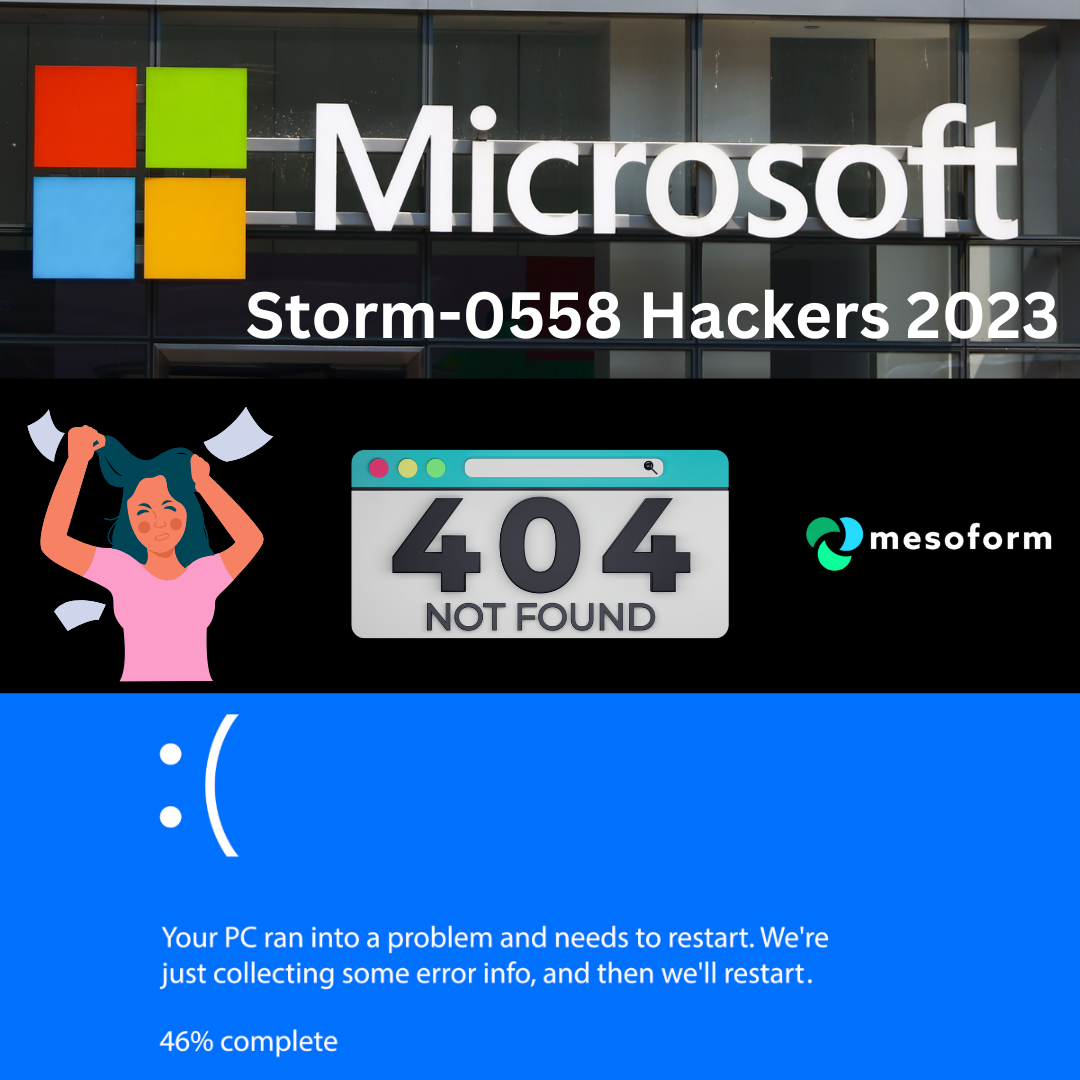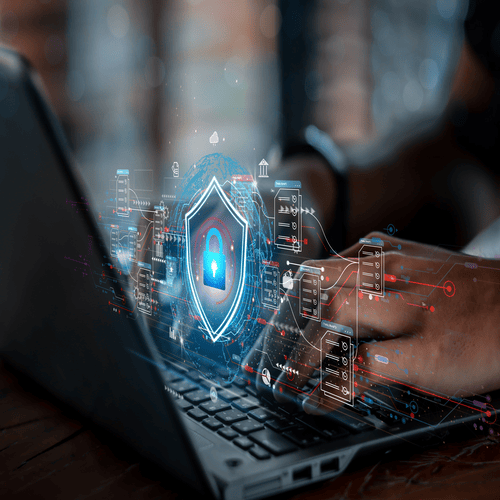Prioritising Cybersecurity in 2025: Lessons from Microsoft's Storm-0558 Breach
In the rapidly evolving world of cybersecurity, even industry giants can falter. The recent Storm-0558 security breach at Microsoft underscored the growing complexities of defending against sophisticated cyber threats. As artificial intelligence (AI) accelerates the evolution of cyberattacks, 2025 must be the year organisations prioritise strengthening their cybersecurity frameworks.
I
The Storm-0558 Breach: A Wake-Up Call
In 2024, Microsoft experienced a significant security breach codenamed Storm-0558, orchestrated by a China-based threat actor. This attack targeted Microsoft Exchange Online, compromising email accounts belonging to U.S. and Western European government officials. Approximately 25 organisations were affected during a weeks-long window of vulnerability before Microsoft identified and contained the breach.
How It Happened
The attackers exploited a compromised consumer signing key—originally intended to be isolated from enterprise systems—which was inadvertently leaked through a crash dump file from a Microsoft engineer's corporate account. This account, having been compromised, allowed attackers access to sensitive debugging environments where the key was stored. Using this key, the attackers forged authentication tokens, granting them unauthorised access to Azure AD accounts and enterprise email systems.
This breach exposed serious lapses in Microsoft's security culture and its assessment and remediation processes. Compounding the issue, Microsoft initially provided inaccurate public statements and failed to promptly correct them, delaying crucial risk assessments and security decisions for users.
Broader Implications for Cybersecurity
The consequences of the Storm-0558 incident extend beyond Microsoft:
Accountability and Trust: Microsoft's President Brad Smith publicly acknowledged the company's security shortcomings, prompting widespread scrutiny over its data protection practices.
Insider Threat Awareness: The breach highlighted the risk of insider threats, emphasising the need for strict access controls and comprehensive employee security training.
Security Enhancements: In response, Microsoft pledged to fortify its cybersecurity defences by transitioning to a more robust key management system, improving detection capabilities, and fostering a stronger internal security culture.
Delayed Innovation: Microsoft postponed the rollout of its Recall AI feature for Copilot and Windows PCs to prioritise privacy concerns and conduct additional security evaluations.

The Role of AI in the 2025 Threat Landscape
AI is poised to dramatically reshape both offensive and defensive cybersecurity tactics. Threat actors are increasingly using AI to automate attacks, identify vulnerabilities, and craft more convincing phishing schemes. Conversely, security teams can leverage AI for threat detection, behaviour analysis, and rapid response. However, this dual-edged sword demands proactive, preventative and adaptive security measures.
Making Cybersecurity a Priority in 2025
To navigate the AI-driven cybersecurity landscape of 2025, organisations must:
Cultivate a Security-First Culture: Security must become a foundational aspect of company operations, with leadership accountability and regular security training for all employees.
Invest in Advanced Security Technologies: Deploy cutting-edge AI-driven security tools for real-time threat detection, automated responses, and predictive analytics.
Enhance Transparency and Communication: Establish clear protocols for timely and transparent communication with users about security incidents and mitigation strategies.
Strengthen Access Controls: Implement robust identity and access management solutions, including zero-trust models, to minimise insider and external threats.
Develop Resilient Cloud Strategies: Incorporate redundancy and failover mechanisms in cloud architectures to mitigate the impact of service disruptions.
- Simplify the developer experience: too much burden has been applied to software developers in recent years and security is a big part. Adopt platform engineering practices to shift-down instead of shift-left and give developers the tools they need to apply the security requirements we're demanding of them
We will explore each of these strategies in greater depth in our next blog, offering actionable insights and practical steps to help organisations effectively prioritise cybersecurity in 2025.
Looking Ahead
The Storm-0558 breach serves as a stark reminder of the evolving cybersecurity challenges that even the most established tech leaders face. In 2025, as AI reshapes the digital battleground, organisations must double down on proactive security measures to protect sensitive data and maintain trust. Cybersecurity is no longer a secondary concern—it is a business imperative.
By learning from past incidents and prioritising cybersecurity, businesses can safeguard their operations against the growing tide of sophisticated cyber threats in the AI era.
Mesoform specialises in secure deployments and comprehensive security training, helping our clients achieve robust protection while reducing overall development costs. Our extensive experience in enterprise-grade Cloud security ensures best-in-class solutions tailored to your needs.
If you would like to discuss any of these topics in more detail, please feel free to get in touch


